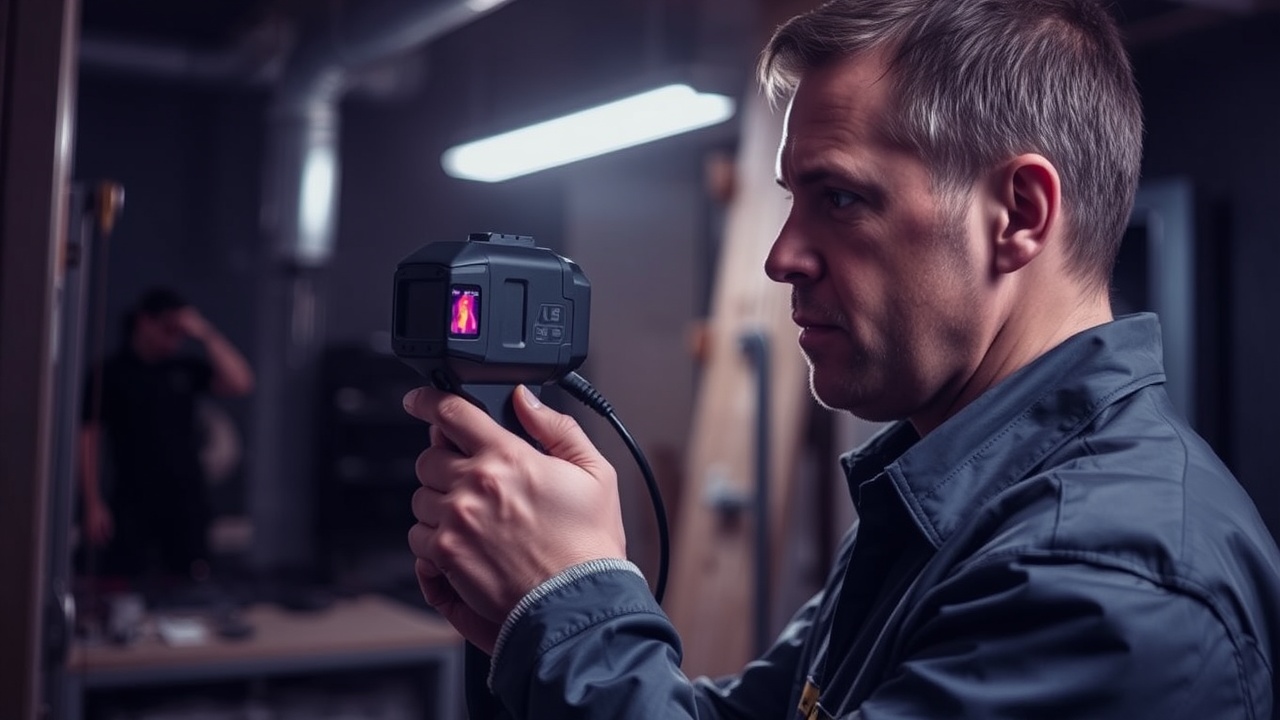Mold Remediation Thermal Imaging Inspection
Mold growth can pose significant health risks and structural damage to your home or business. A comprehensive mold remediation process often begins with a thorough mold inspection, and one of the most effective methods utilized today is thermal imaging inspection.
What is Thermal Imaging?
Thermal imaging refers to the use of an infrared camera or thermal camera that captures images based on the infrared radiation emitted by objects. This technology allows inspectors to visualize temperature differences in buildings, which can indicate the presence of moisture problems and potential mold issues.
How Does Thermal Imaging Help in Mold Remediation?
When conducting a mold inspection, thermal imaging can help identify hidden moisture, which is essential in detecting mold before it becomes a serious problem. The thermal imaging camera detects cooler areas within walls, ceilings, and insulation, often revealing hidden water damage and leaks that are not visible to the naked eye.
Key Benefits of Using Thermal Imaging
- Non-invasive: Thermal imaging inspections can identify moisture issues without tearing down walls or disrupting the structure.
- High-resolution images: Infrared cameras provide clear thermal images that help detect temperature changes associated with water damage.
- Identify hidden mold: This technology can find hidden mold behind walls and ceilings that may otherwise go unnoticed.
- Quick assessment: Infrared inspections can rapidly assess large areas, allowing inspectors to identify potential problems efficiently.
How Thermal Imaging Works
During a thermal imaging inspection, the inspector will use a handheld thermal imager to scan various surfaces. The camera senses temperature variations, highlighting areas that are cooler than their surroundings, which may indicate moisture intrusion. This process involves:
- Conducting a visual inspection to identify obvious signs of water damage.
- Using a moisture meter to confirm the presence of moisture.
- Utilizing the thermal camera to scan walls, ceilings, and floors for temperature differences.
- Identifying areas that require further investigation or remediation.
Common Signs of Mold Growth
Homeowners should be aware of several signs that may indicate the presence of mold:
- Musty odor: A persistent musty smell can indicate mold presence.
- Visible mold: Look for blue or purple spots on surfaces, especially in damp areas.
- Cold spots: Areas that feel cooler than the rest of the room may suggest hidden moisture.
FAQs about Mold Remediation Thermal Imaging Inspection
1. What is the role of an inspector in mold remediation?
An inspector evaluates the property for signs of mold growth, using tools like thermal imaging and moisture meters to detect hidden moisture and identify the source of mold.
2. How does thermal imaging detect mold?
Thermal imaging detects temperature differences in surfaces, which can indicate moisture presence, a precursor to mold growth.
3. Is thermal imaging necessary for mold remediation?
While not always required, thermal imaging is highly recommended as it can uncover hidden moisture problems, leading to more effective remediation.
4. Can thermal imaging find mold behind walls?
Yes, thermal imaging can help identify temperature changes behind walls, indicating the presence of hidden mold or moisture.
5. How often should I have a thermal imaging inspection?
It is advisable to have a thermal imaging inspection if you notice any signs of water damage, leaks, or if you are purchasing a new property.
Conclusion
The integration of thermal imaging in mold remediation processes enhances the ability to detect and address mold issues effectively. By identifying hidden moisture and potential mold growth, homeowners and inspectors can take proactive steps to ensure a safe and healthy environment.
